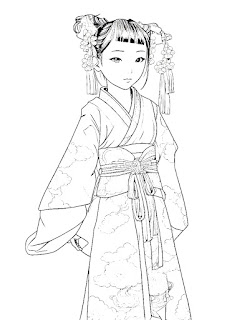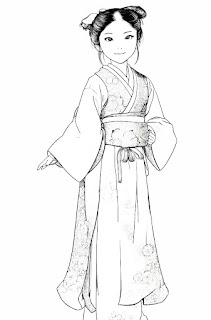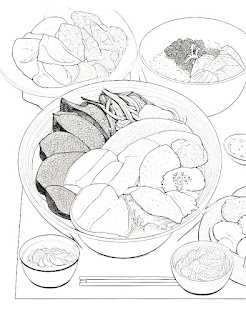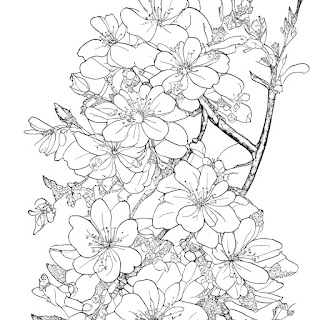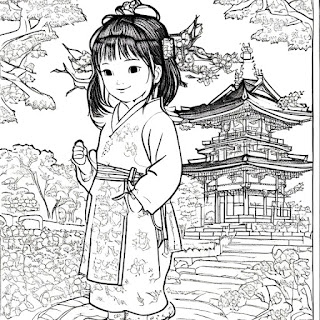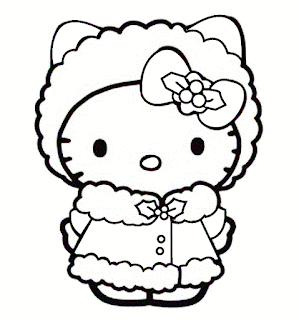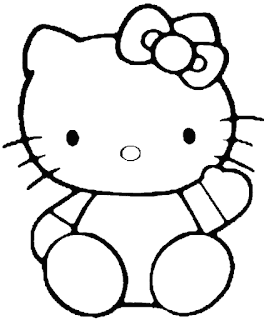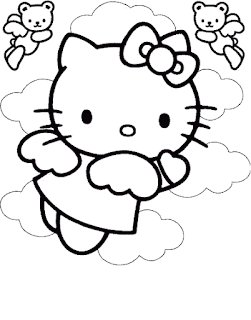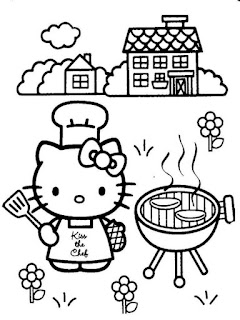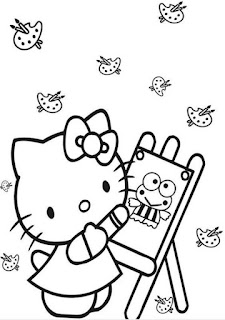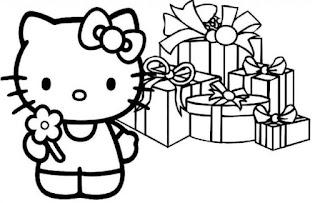Do you also have the childhood memories of making small paper boats that sail on puddles, creating a hat to wear on your head or a paper airplane flying home from the living room to the kitchen and back? This nice childhood hobby is called origami and is part of a whole art where amazing things are made from paper folds.
Origami, the famous Japanese art of folding paper, began to develop in the 1600s (or earlier) and became popular around the world in the mid-twentieth century. Origami traditionally does not involve any cutting or gluing, it is simply folds that create a variety of shapes, simple and complex. The art of cutting paper is called Kirigami.
Although there are only a few basic origami folds, they can be combined to create lots of things, like birds and flowers, dragons and dinosaurs, elephants, castles, steamers and even spaceships! Papers can be combined in different colors to make the origami creation colorful and rich.
The origin of the name "origami" is from the Japanese phrase "uri", folding 折 り and "gami", a piece of paper 紙.
Origami began in Japanese and Chinese culture, as part of various rituals in the Shinto religion common in Japan. From there it spread to the whole world and became part of the leisure culture.
In Japanese culture paper symbolizes purity. In the Shinto religion, people especially like to fold crane-shaped paper. The crane symbolizes health, success and fulfillment of wishes. Folding 1000 cranes allows fulfillment of a wish.
In 1955, Sadako Sasaki, a 12-year-old girl from Hiroshima who survived the U.S.-led atomic bombing of World War II, contracted leukemia and decided to fold 1,000 cranes to fulfill a wish for world peace. Of peace movements around the world.
 |
| Origami crane |
Over the years, origami began to be used not only in art but also in other fields.
At the end of the 20th century origami also began to be used in the fields of science, technology and mathematics. The complexity of the paper folds allowed for the learning and development of various technological and nanotechnological models.
Origami is used as a tool for occupational therapy in psychiatric hospitals, special education and as a tool for the rehabilitation of fine motor skills among accident victims, because it combines planning and thinking and gentle work with the hands.
How to celebrate Origami Day?
There are lots of origami projects that you can see and learn how to make them, for example on the Origami Club website where there are animations and charts of traditional paper folds.
If you already know or have just learned how to make origami, today is the time to upload your creations to the social network so that everyone can enjoy the delicate beauty of this art!


